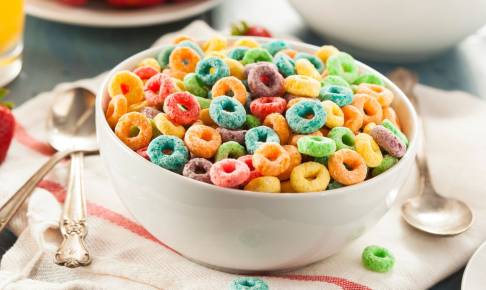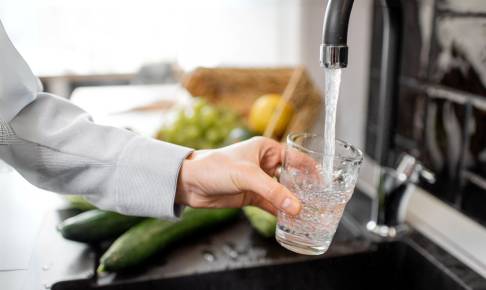Russia is shaping up laboratory diagnostic system
The Russian government is set to strengthen the state laboratory diagnostic system in order to ensure that all products of the Russian-origin landing on the domestic and foreign markets have sufficient quality. Business argues that the laboratory control system must be developed in a different way, with the main focus must be placed on boosting the independent laboratory network.
Russia has embarked on a strategy of improving food production quality by 2030, in which the state laboratory control system is planned to be modernized and expanded. Under this strategy, by 2022-2023, the Russian government plans to introduce a joint information system of the results of laboratory studies of food and agricultural products. Currently, all agricultural products are subjected to mandatory control of the Russian veterinary body Rosselhoznadzor, which runs 13 laboratories across the country, while food on the grocery shelves are passing through laboratories of the Russian sanitary body Rospotrebnadzor, operating more than 100 laboratories, although not all of them are engaged in testing food production.
Both, Rosselhoznadzor and Rospotrebnadzor are testing products for a broad range of prohibited substances, including antibiotic residues, pesticides, funguses, bacteria, chemicals, and so on. There is still no clarity on how exactly the control will be enhanced, as well as what benefits the joint information system would bring. Among other things, the authorities pledged to put new food inspection standards in place, which means that new and more profound laboratory studies could be introduced.
One of the rationales behind enhancing control was the Russian former Prime Minister Dmitry Medvedev's plans to expand the Russian organic food export. In 2016, when the first version of the strategy was rolled out, he claimed that the country could supply around 10% of organic products to the global market. If achieved, this task would bring the country from $10 to $15 billion of revenue per yet, Medvedev estimated.
... Russian state laboratories have protocols to test food for just six different antibiotics...However, Russia's existing laboratory control system may not be convincing enough for both foreign and domestic customers that food of Russian origin claimed to be organic is actually so. During the past few years, market participants complained that the veterinary control system was insufficient and had quite a few critical gaps. For example, Russian state laboratories have protocols for testing food only for six types of different antibiotics, specifically chloramphenicol, streptomycin, tetracycline, penicillin, bacitracin, and grisein. Everything beyond that list was a blank spot for veterinary officials. In October 2018, the Eurasian Economy Commission (EEC) – the governor body of the Eurasia Economy Union (EEU), proposed to subject 72 different types of antimicrobial substances, but the regulation has never been got motion.
The picture is quite similar for pesticides and industrial chemicals, especially new types, several dozens of which, primarily of the Chinese-origin, have emerged on the Russian market during the past few years. The Russian state laboratories have no approved pro
Download content now





















